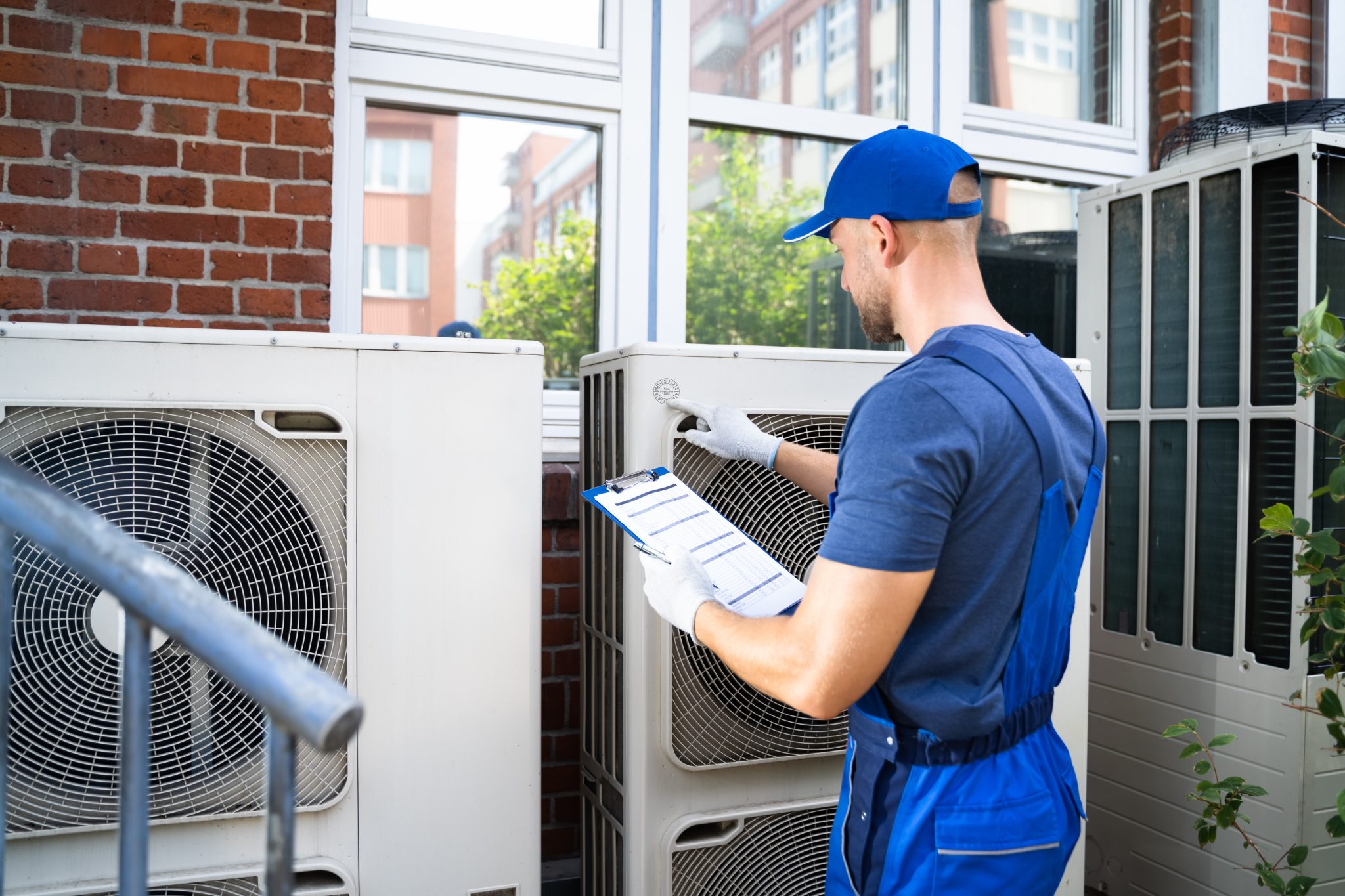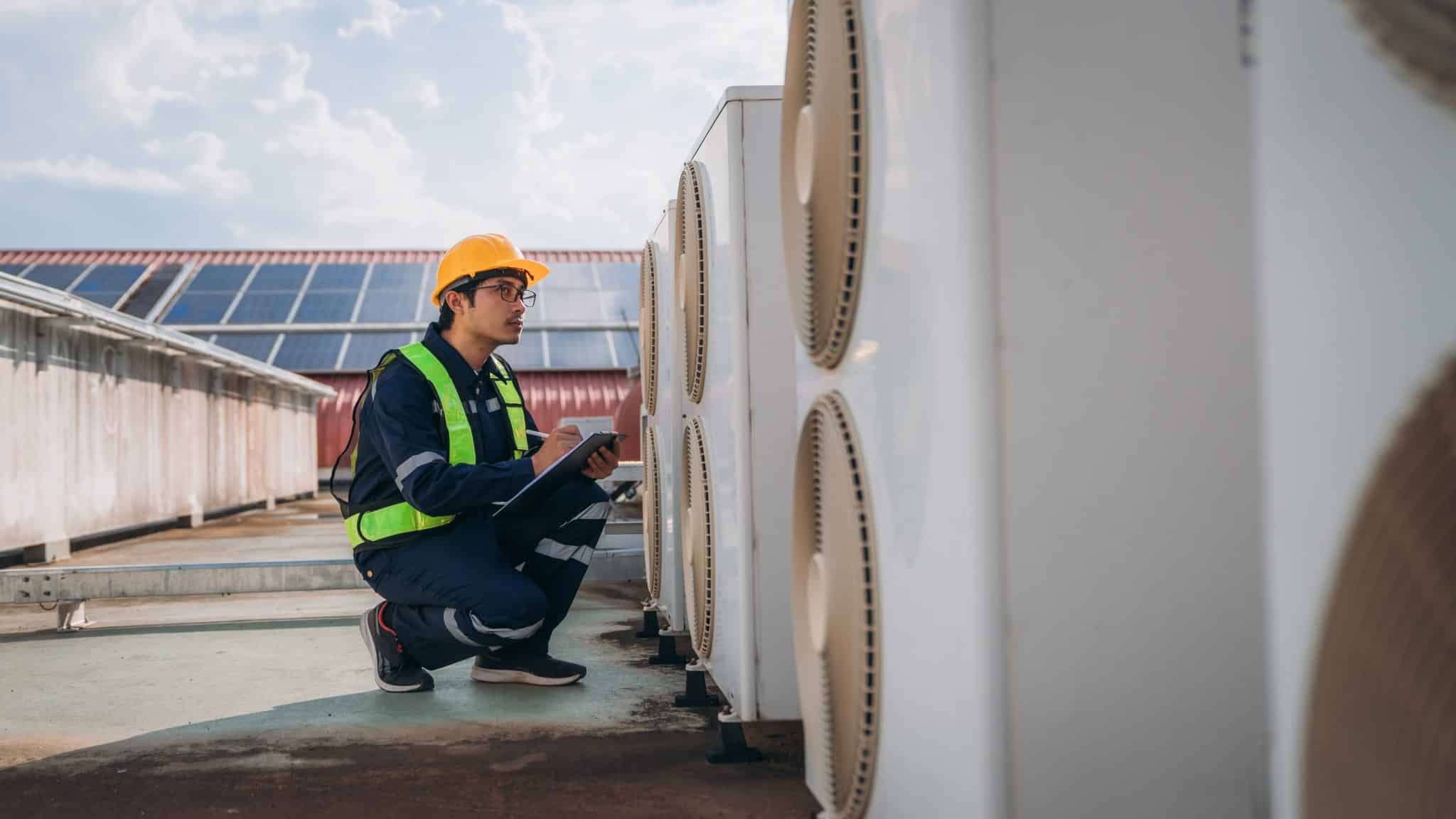A commercial refrigerator that’s not cooling properly can disrupt your business, leading to spoiled goods and lost revenue. Addressing cooling issues promptly can save time, money, and avoid further complications. This guide outlines practical steps and considerations for troubleshooting and fixing a commercial refrigerator that is not maintaining the desired temperature.
Understanding the Basics
Commercial refrigerators are essential in various settings, including restaurants, cafes, and grocery stores. They are designed to operate continuously, keeping perishable goods at safe temperatures. When a unit fails to cool, several common issues could be at fault, from simple fixes to more complex problems requiring professional intervention.
Step-by-Step Troubleshooting and Fixes
- Check Power Supply: Ensure the refrigerator is properly plugged in and receiving power. A tripped circuit breaker or blown fuse could be the culprit.
- Inspect the Thermostat: Incorrect thermostat settings can lead to cooling issues. Verify that the thermostat is set to the correct temperature.
- Clean the Condenser Coils: Dirty condenser coils can impede the refrigerator’s ability to cool efficiently. Clean the coils with a coil brush and vacuum to remove dust and debris.
- Evaluate the Door Seals: Damaged or worn door seals (gaskets) can allow cold air to escape. Inspect the seals for any tears or gaps and replace if necessary.
- Check for Proper Ventilation: Ensure there’s adequate space around the refrigerator for air to circulate. Overcrowding can restrict airflow and affect cooling.
- Examine the Evaporator Fan: The evaporator fan circulates cold air within the refrigerator. If it’s not working, cooling will be inadequate. Listen for the fan and check for obstructions.
- Look at the Condenser Fan: Similar to the evaporator fan, the condenser fan helps dissipate heat. Make sure it’s running and free of obstructions.
- Inspect the Compressor: The compressor is the heart of the refrigerator’s cooling system. If it’s not running, the unit won’t cool. Compressor issues typically require professional repair.
When to Call a Professional
While some troubleshooting steps can be performed without expert knowledge, certain problems, especially those related to the refrigerator’s compressor, refrigerant levels, or electrical system, necessitate professional assistance. If the above steps don’t resolve the cooling issue, it’s time to call a certified technician.
Preventive Maintenance Tips
- Regular Cleaning: Keep the condenser coils clean and ensure the interior and fans are dust-free.
- Routine Inspections: Regularly inspect and replace worn door gaskets and check thermostat accuracy.
- Professional Servicing: Schedule annual maintenance checks with a professional to keep the system running efficiently.
Conclusion
A commercial refrigerator that is not cooling properly requires immediate attention to prevent product loss and business disruption. By following these troubleshooting steps, you can identify and resolve many common issues. For complex problems, however, professional diagnosis and repair are essential to ensure the longevity and efficiency of your refrigeration unit.
Experiencing cooling problems with your commercial refrigerator? Don’t let it affect your business. Contact a Central Florida Store Services and we will send a refrigeration technician today to diagnose and fix the issue swiftly and effectively.





